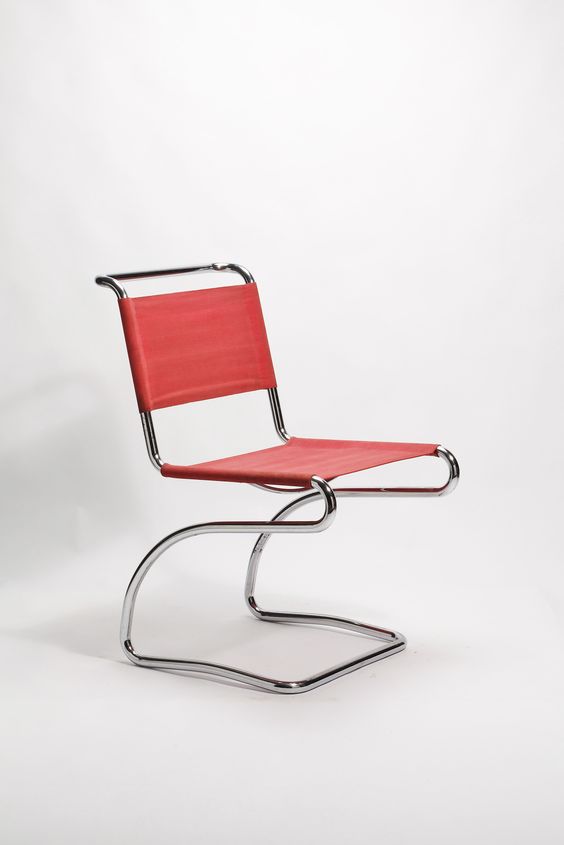Form and execution make this tea service a fine example of a Bauhaus product. The shapes are clear and can be reduced to basic geometric forms. The milk jug, for example, is based on a cylinder and the knobs have the shape of an upturned cone. Thought has gone into its use. The spout of the teapot is designed to pour well; the handles of the pot and the cups are large and elevated. The simple white finish is equally basic.
Marguerite Friedländer trained at the Bauhaus in Weimar. Contrary to the more technology-focused direction in which Gropius steered the school after 1925, she remained a life-long champion of handmade work and the connection between craft and art. Until 1933, when she was forced to flee to the Netherlands, she designed services for the German porcelain industry.
Five O’clock is an elaboration of this work. It was commissioned by the Dutch government for the Exposition Internationale des Arts et Techniques dans la Vie Moderne exhibition in Paris, where it was awarded the Grand Prix. This model did not go into production.
Words taken from Stedelijk.nl
Until 1979 Marguerite Friedlaender-Wildenhain gave summer courses for young ceramic artists at the Pond Farm Pottery in Guerneville, photo by Otto Hagel, provided by permission from Stewards of the Coast and Redwoods
Marguerite Friedlaender-Wildenhain teaching students outside, photo by Otto Hagel, provided by permission from Stewards of the Coast and Redwoods































